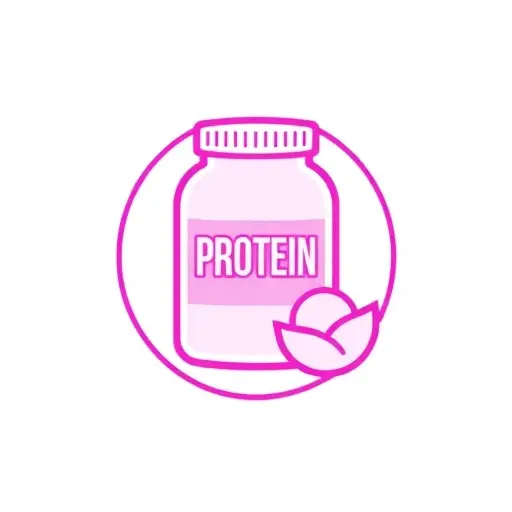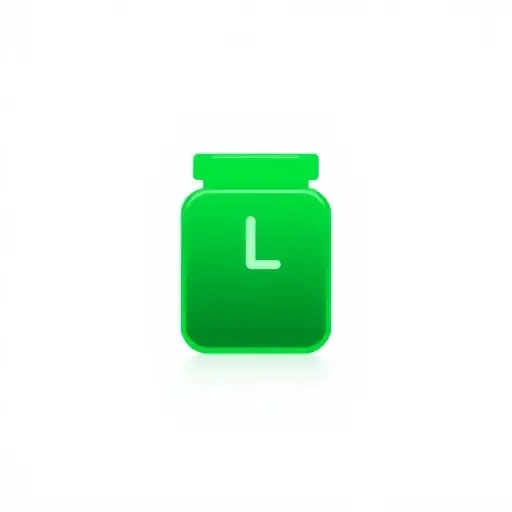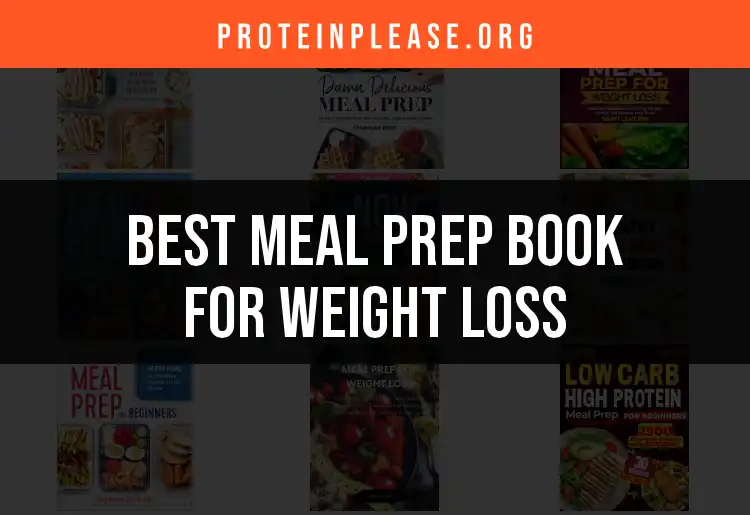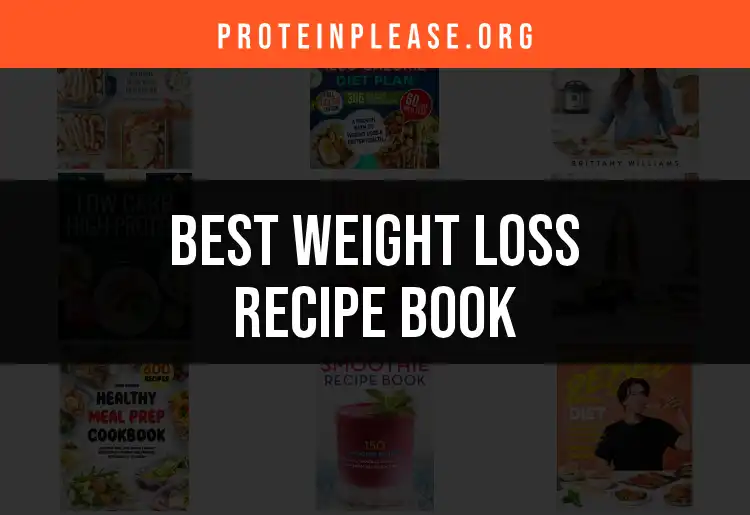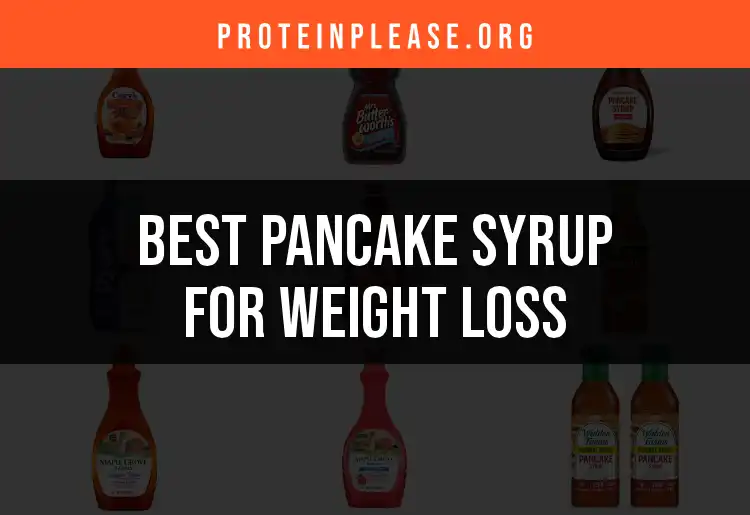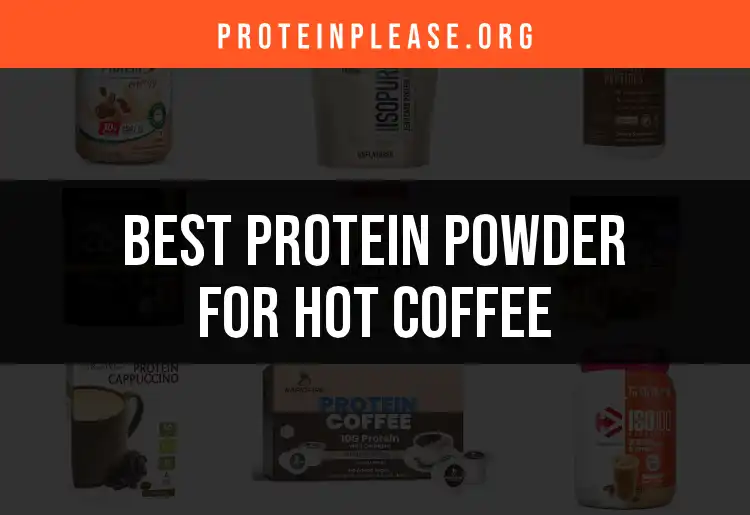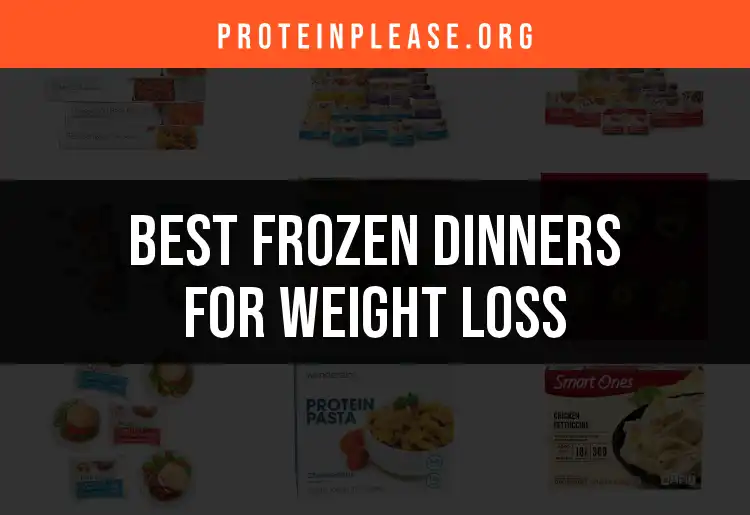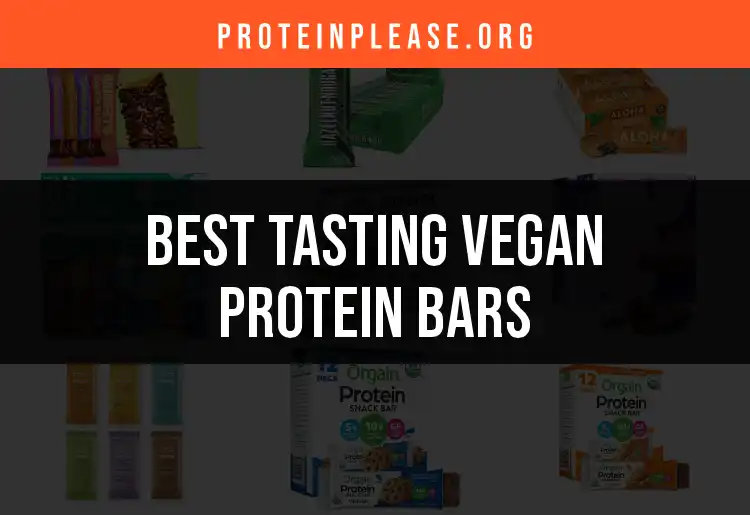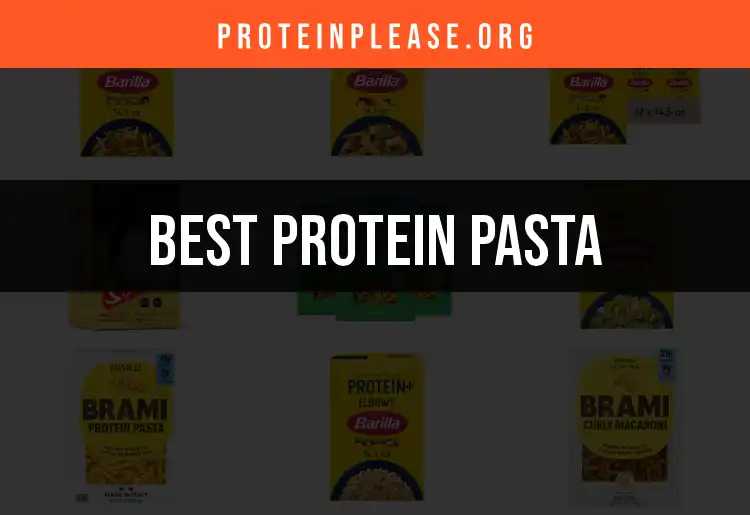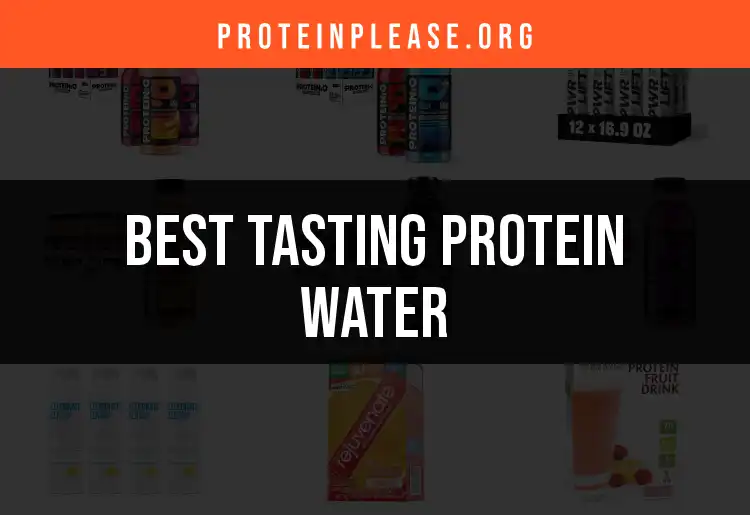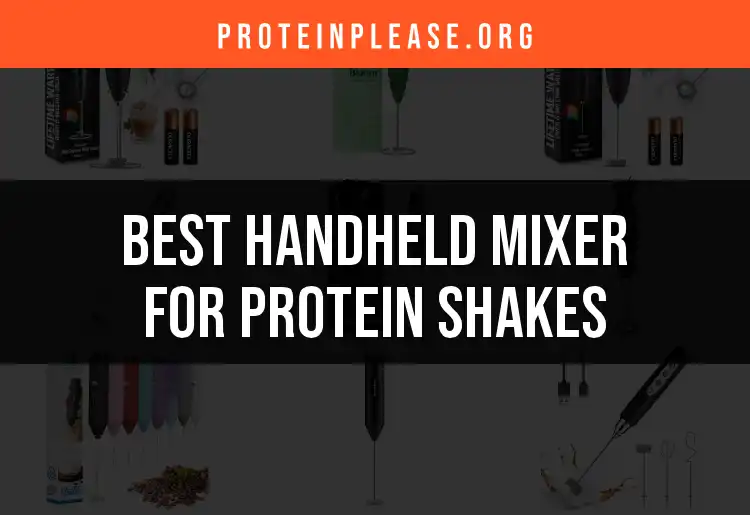Introduction to Protein Recipes and Their Role in Weight Management
Protein is the powerhouse macronutrient at the core of satiety, muscle retention, and sustainable weight management. Whether you're aiming to lose fat, build muscle, or simply maintain a healthy body composition, strategically designed protein recipes make it easier to reach your goals.
A menu rich in smartly balanced protein helps control hunger, supports a high metabolism, and provides the foundation for muscle recovery. But creating enjoyable, sustainable recipes can feel overwhelming, so understanding how to incorporate protein across dietary preferences is essential.
Discovering the power of flavor and variety opens the door to enjoyment and makes healthy eating feel less like a chore and more like a lifestyle. Whether you're a vegan, vegetarian, or omnivore, there's a world of protein-packed recipes at your fingertips.
Fundamentals of Creating Protein-Rich Recipes
Choosing Quality Protein Sources
The backbone of any protein recipe is the primary protein ingredient. Selecting the right source affects nutrition, taste, and even digestibility.
Animal-Based Proteins
Lean meats, eggs, dairy products, and fish remain classic choices. They offer complete proteins — containing all essential amino acids — and easily fit into simple preparations:
- Grilled chicken topped with herbs
- Scrambled eggs with spinach
- Greek yogurt parfaits
- Salmon baked with citrus
Plant-Based Proteins
A well-crafted vegan or vegetarian recipe can be just as satisfying and protein-rich:
- Legumes (lentils, chickpeas, black beans)
- Soy options (tofu, tempeh, edamame)
- Seitan and textured vegetable protein
These choices make it possible to build dishes with variety and sustenance, appealing to anyone reducing or avoiding animal products.
Protein Supplements
Not all recipes revolve around whole foods. High-quality protein powders and isolates seamlessly integrate into both sweet and savory creations:
- Add unflavored whey isolate to mashed potatoes for a post-workout meal
- Use vanilla pea protein in a smoothie bowl
- Incorporate specialty flavored proteins for unique treats (we’ll dive into this in the next sections)
Balancing Macronutrients for Optimal Results
An effective protein recipe doesn't just load up on one nutrient. For lasting satiety and energy:
- Include slow-digesting carbs (whole grains, root vegetables)
- Use plant or animal fats wisely (avocado, olive oil, nuts)
- Adjust ratios based on your calorie and macro goals
Incorporating Flavor without Excess Calories
Smart use of lean flavor enhancers is essential. Focus on:
- Fresh citrus or vinegars for acidity
- Robust herbs (cilantro, basil, dill)
- Warming spices (cumin, cinnamon, smoked paprika)
- Fermented condiments (miso, tamari)
By building recipes with layers of taste, even the simplest ingredient list can feel gourmet and satisfying.
Best Practices for Developing Tasty and Nutritious Protein Recipes
Enhancing Flavor Naturally
The difference between bland and crave-worthy is often the creative use of seasonings and add-ins.
Herbs and Spices
Think beyond salt and pepper. A pinch of smoked paprika or curry powder transforms plain protein into something special.
Fermented Ingredients
A spoonful of kimchi or a drizzle of tahini-miso dressing not only boosts flavor but also aids digestion.
Healthy Fats and Acidic Elements
A small amount of extra virgin olive oil or grapefruit juice can bring richness or brightness without calorie overload.
Texture and Consistency Considerations
Protein recipes, especially those with added powders, may become rubbery or dense if rushed. Key tips:
- Use enough moisture: applesauce, Greek yogurt, or a splash of plant milk
- Mix thoroughly but avoid over-mixing in baked goods
- Adjust ratios slowly, especially when experimenting
Meal Prep and Batch Cooking Strategies
Protein-rich recipes often taste even better as leftovers. Stews, casseroles, and sheet pan meals are perfect for meal prep:
- Store in airtight containers for up to 4 days
- Freeze single servings to maintain portion control
- Keep dressings or sauces separate until ready to eat
Featured Recipes and Product Recommendations
Clean Simple Eats Protein Flavor
Choosing a protein powder that tastes great, mixes easily, and fits your dietary goals can transform mealtime. The wrong flavor leaves you struggling through bland shakes, while the right one makes nutritious eating truly enjoyable.
For a deep dive into how to select a delicious protein, explore our favorite Clean Simple Eats protein flavor suggestions. You’ll learn:
- What makes a protein flavor easy to blend into recipes
- Tips for picking the right flavor for your palate
- Sample blends to suit different dietary needs
Here’s a simple idea: use a scoop of this protein in protein pancakes, overnight oats, or even stirred into your morning coffee for a nutritious boost.
Protein Creamer for Coffee
Coffee lovers don’t have to choose between caffeine and protein. Nowadays, protein creamers offer a way to infuse your daily cup with extra nutrition and satiety, all without affecting taste.
Want to find the right blend for you? Read the top protein creamer options for coffee aficionados.
You’ll discover:
- How to choose between plant-based or dairy options
- The role of creamers in weight management routines
- Recipes like protein lattes, blended shakes, and even coffee-chia puddings
Tip: For best results, blend your coffee with the creamer in a high-powered blender or use a handheld frother to get that creamy, café-style finish.
Protein Cookbooks
Building a protein-forward meal plan is so much easier with a good cookbook on hand. Whether you’re new to high-protein eating or looking for fresh inspiration, selecting the right resource is key.
Check out these recommended protein cookbooks for simple, tested recipes with reliable macro counts.
Inside, you’ll find:
- Diverse cookbooks that fit different lifestyles (keto, paleo, gluten-free, etc.)
- How to use cookbook recipes to batch cook for the week
- Flexible options to swap animal or plant-based proteins
Use these cookbooks to prepare lunchboxes, dinner parties, or even dessert—there’s a high-protein solution for every occasion.
Tasting Cookies and Cream Protein Powder
Cookies and cream isn’t just for dessert. The right protein blend can be the basis of satisfying shakes, protein pancakes, or even no-bake energy bites—if the flavor is on point.
Curious about the most delicious options? Discover which cookies and cream protein powders taste best and how to make them work in your recipes.
Recommendations include:
- Creative uses beyond the shaker bottle—try adding a scoop to oatmeal or Greek yogurt
- Ways to combine flavors for classic or experimental treats
- Pairings with nut butters, cacao nibs, or chia seeds for texture
Pro tip: Mix small batches first to find your perfect balance of creaminess and sweetness.
High-Protein Vegan Cookbook
Eating plant-based and reaching protein goals can go hand-in-hand with the right strategies. Using the right high-protein vegan recipes removes the guesswork and can introduce you to new ingredients.
Explore the top high-protein vegan cookbooks with step-by-step instructions for balanced, delicious meals.
These dedicated resources break down:
- How to combine legumes, seeds, and grains for complete protein profiles
- Sample recipes for breakfast, lunch, and dinner
- Tips to boost iron, zinc, and vitamin B12 absorption
Pair these ideas with roasted veggies, zesty dressings, and fermented foods for maximum flavor and nutrition.
High-Protein Vegetarian Cookbook
Not strictly vegan but looking to maximize protein? A vegetarian approach lets you use eggs, dairy, and plant-based foods for diverse meal options.
Explore the best advice and recipe ideas in our selection of high-protein vegetarian cookbooks.
You’ll find:
- Versatile recipes from egg muffins to cottage cheese pancakes
- Protein-rich batch dishes like veggie chili or lentil stew
- Seasonal swaps and simple ways to boost flavor
Leverage the flexibility of a vegetarian diet to create meals that are both satisfying and loaded with high-quality protein.
Creating Customized Protein Recipes for Specific Goals
Every person’s needs are unique, and so customization is at the heart of sustainable weight management. Here’s how to match your recipes to your specific objectives:
Meal Timing and Protein Needs
- Morning: Favor easy-to-digest, quick proteins (smoothies, overnight oats)
- Midday: Portable options (wraps, bowls, salads)
- Post-workout: Fast-absorbing sources (whey shakes, egg whites)
- Evening: Slower-digesting proteins (cottage cheese, tofu stir-fry)
Developing High-Protein Breakfasts
Think outside traditional breakfast—add protein powder to pancakes, blend into chia seed puddings, or stir into hot cereals.
Snack Ideas High in Protein
Single-serving yogurt, roasted chickpeas, nut-and-protein bars, or deviled eggs make portable, macro-balanced snacks.
Post-Workout Protein-Packed Meals
Focus on quick absorption: white fish tacos, grilled chicken wraps, or a post-exercise shake with a scoop of quality powder.
Tips for Modifying Recipes to Increase or Decrease Protein Content
Customization often means tinkering with the elements of a recipe.
How to Adapt Recipes for Different Protein Goals
- Swap white rice for quinoa or protein pasta
- Boost a veggie stir-fry with cubed tofu or seitan
- Add protein powder to baked goods or oatmeal
Using Protein Powders to Boost Content
Unflavored or mild protein powders are nearly invisible in sauces, soups, or even bread dough. Start with a tablespoon and scale up.
Substituting Ingredients for Variations
Try replacing:
- Half the flour in muffins with almond flour
- Cream with Greek yogurt in sauces
- Meat with lentils or quinoa in stews
These changes not only modify protein content but can alter calorie density and flavor.
Incorporating Protein Recipes into a Weight Management Lifestyle
Making protein-rich recipes part of your daily habits helps prevent deprivation and cravings.
Portion Control and Meal Frequency
Use smaller plates, pre-portion proteins, and plan regular meals/snacks to pace energy and hunger.
Combining with Other Nutrient-Dense Foods
Pile your plate with roasted vegetables, leafy greens, and whole grains alongside protein.
Balancing Protein with Carbohydrates and Fats
Don’t neglect healthy fats and fiber-rich carbs. This balance leads to better satisfaction and easier compliance over time.
Troubleshooting Common Issues in Protein Recipes
Even advanced cooks can run into trouble with protein-focused recipes.
Achieving the Right Texture
- Don’t over-mix batters (especially with whey protein, which can become dense)
- Add extra moisture when increasing protein powder
- Use gentle heat for egg or dairy-rich recipes
Masking Unwanted Flavors
- Use cocoa powder, cinnamon, or vanilla extract in sweet dishes
- Lemon juice or apple cider vinegar for savory recipes
- Blend with naturally sweet fruits (bananas, dates)
Preventing Clumping and Caking
- Sift protein powders before combining
- Mix thoroughly with a small amount of liquid before adding to bulk recipes
- Let batters rest before cooking
Ensuring Complete Protein Absorption
Pairing plant proteins together (beans and rice; tofu and sesame) maximizes amino acid profiles for full absorption.
Best Kitchen Tools and Equipment for Protein Cooking
Blenders and Food Processors
A good blender makes smoothie bowls, protein shakes, and even dips a breeze. Food processors create quick energy bites or protein bars.
Pressure Cookers and Instant Pots
Batch cooking chicken breasts, beans, or even hard-boiled eggs is easy and efficient.
Baking Tools for Protein Enriched Goods
Nonstick pans, quality silicone muffin molds, and kitchen scales are essential for consistent, high-protein baked goods.
Storage Solutions for Pre-prepared Recipes
Mason jars for parfaits, BPA-free containers for main dishes, and reusable bags for snacks help keep meals organized and fresh.
Resources for Continuing Your Protein Recipe Journey
Your journey doesn't stop with a single recipe. Explore reliable ingredients, online communities, and expert guides to expand your repertoire.
- Find trusted products like top-tasting protein powders and the best clean protein flavors for every taste
- Experiment with products like premium protein creamers for morning coffee routines
- Build out your cookbook collection with trusted high-protein meal resources, including choices for vegan and vegetarian lifestyles
By maximizing protein variety, meal prep efficiency, and ongoing education, your high-protein journey can be as delicious as it is effective.


